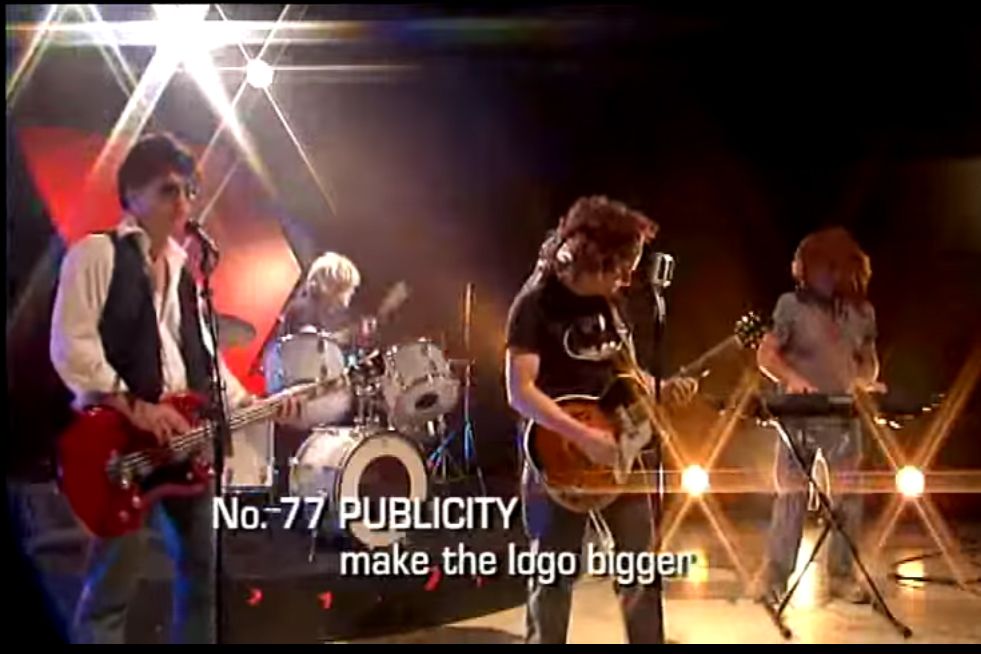Every designer has heard these words. And web designers are no different. It's by far the most frequent feedback heard from clients, and it's not surprising that they want to leverage what, for them, identifies their business to the world. After all, developing the logo took time and money, and in some cases, actual sweat and tears.
The feedback is so ubiquitous that we found no fewer than 1,000 blog posts and magazine articles by designers and web programmers describing why making the logo bigger is both the most frustrating and least helpful design feedback they can hear. There's even a hilarious song about it, shared millions of time on social networks, written and performed by an ad agency in the 90's. Here's just one instance of that spoof track:
But your logo is NOT your brand. As Mary Wilcox writes on BrainJuice, customers don't react to logos. They react to a sense of trust first, and the tone and personality of your business as portrayed through your site design, content, and colors.
Balance is the key to good web design, according to some of our Australian counterparts, and we agree. In the case of web design, your logo must be considered as only one (albeit important) element among many. In most cases, the most important design element you can put on your homepage is a call to action. It must be clearly communicated to your visitors what you want them to do, and a logo doesn't say that.
To direct people to do what you need them to do for your website to be successful, you will need to direct their eyes to actions they can take (fill out a form, contact you, read a story), and sometimes logos can compete with those priorities. In every case, you'll need to find the right balance of color, logo, white space, and text to be sure you're leading your visitors to the appropriate action.. If you do that, your brand will be just fine, and maybe your logo will be recognizable as belonging to a company that knows how to effectively communicate with its customers.

